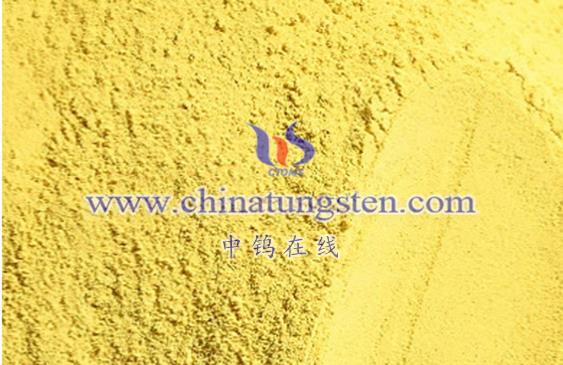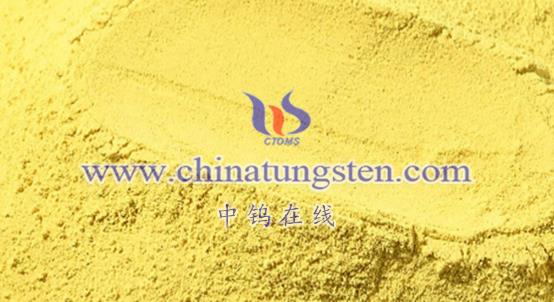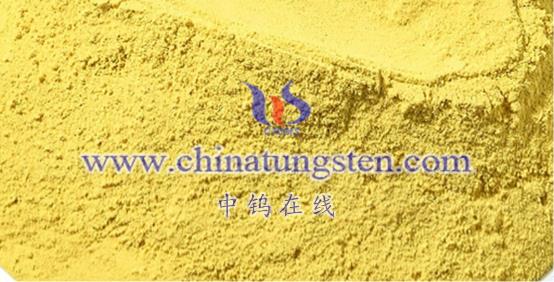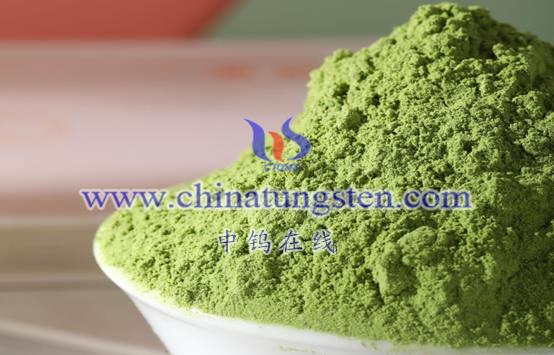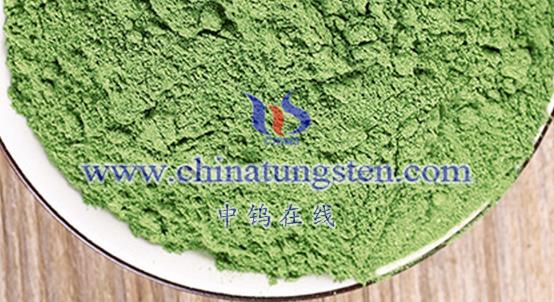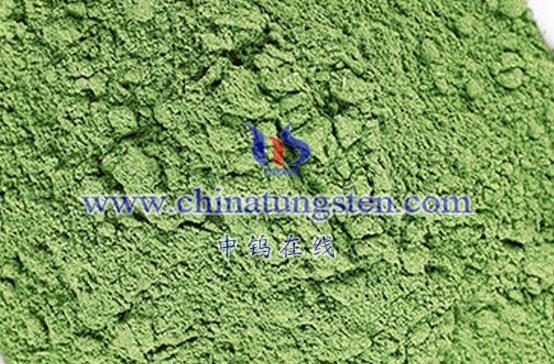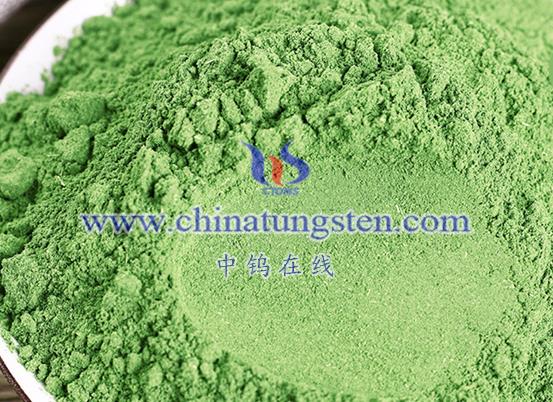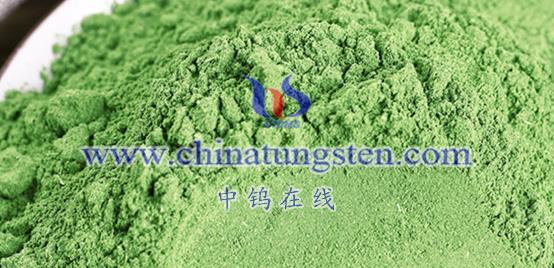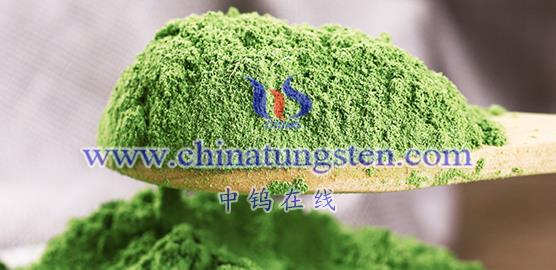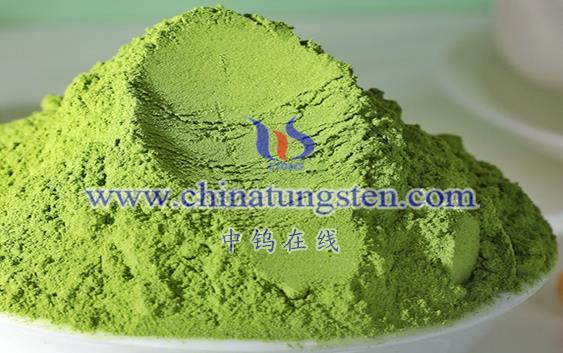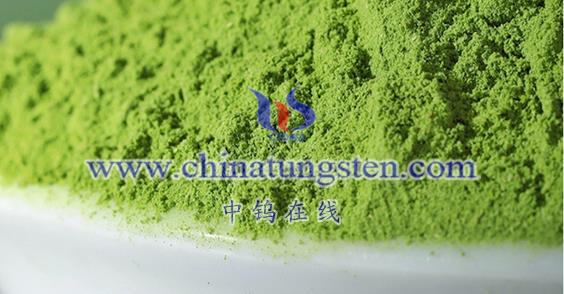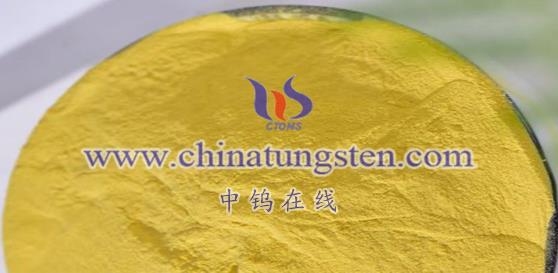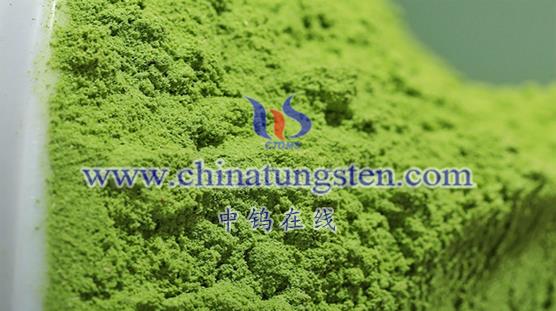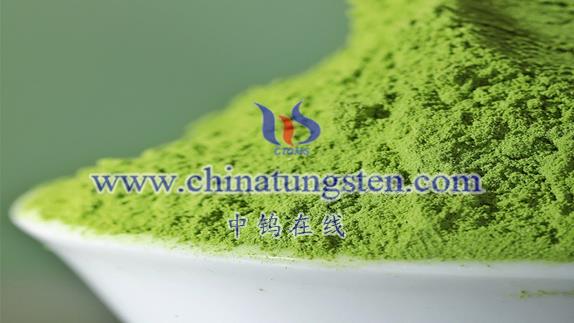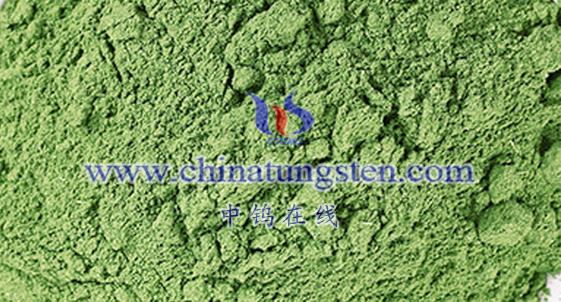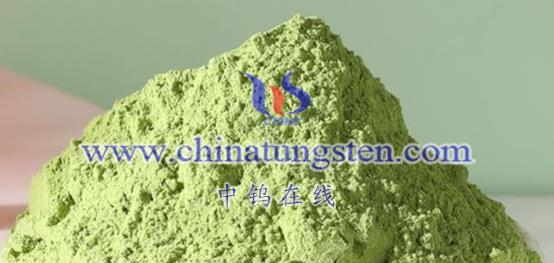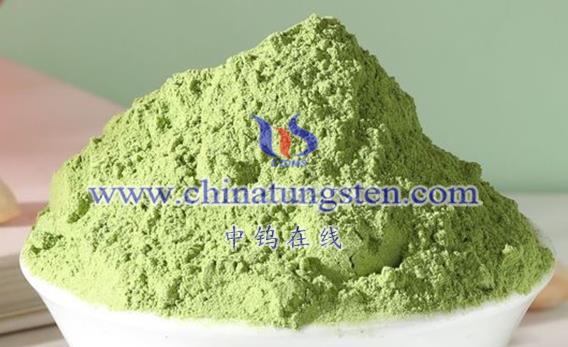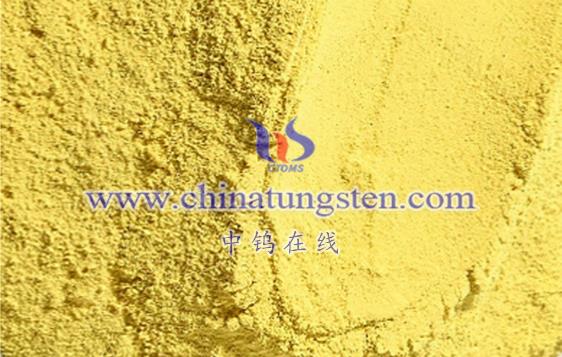
There are various methods for preparing WOx active materials, each with its own advantages and characteristics. Below are some common preparation methods and their features:
- Vapor Deposition Method
The vapor deposition method involves introducing tungsten or its compounds in a gaseous form into a reaction chamber, where they undergo chemical reactions at high temperatures to deposit WOx films or nanoparticles on a substrate.- Features:
This method allows for precise control over the thickness and composition of the films, resulting in high purity and good crystallinity of WOx materials. However, it requires complex equipment and is relatively costly.
- Features:
- Laser Pyrolysis Method
This method uses a laser beam to heat tungsten or its compounds to the point of evaporation, and the WOx nanoparticles are formed during the subsequent cooling process.- Features:
The process is relatively simple and can produce nanoparticles with uniform size distribution. However, the laser equipment is expensive, and the yield is low.
- Features:
- Sol-Gel Method
In this method, tungsten sources (such as tungstate or tungstic acid) are dissolved in a solvent and undergo hydrolysis and polycondensation reactions to form a sol. The sol is then dried and calcined to produce WOx powders or films.- Features:
The sol-gel method is simple, cost-effective, and suitable for large-scale production. However, it requires careful control of variables such as pH, temperature, and time to achieve the desired WOx material.
- Features:
- Hydrothermal/Solvothermal Method
This method involves carrying out chemical reactions between tungsten sources in water or organic solvents at high temperatures and pressures to produce WOx nanoparticles or films.- Features:
WOx materials produced by this method have good crystallinity and uniform particle size distribution. The material morphology and properties can be controlled by adjusting reaction conditions. However, it requires specialized equipment and longer reaction times.
- Features:
- Template Method
In this method, a template with a specific structure (such as porous alumina or carbon nanotubes) is used to guide the chemical reactions of tungsten sources, resulting in the formation of WOx nanowires, nanotubes, or other ordered structures.- Features:
This method allows for the preparation of WOx materials with specific shapes and structures, such as nanowires or nanotubes. However, the preparation and removal of the templates can be complex.
- Features:
- Ultrasonic Chemical Method
The ultrasonic chemical method utilizes the cavitation and mechanical effects of ultrasound to promote the hydrolysis and polycondensation of tungsten sources in a solution, resulting in WOx nanoparticles.- Features:
This method is simple to operate, has a fast reaction rate, and can produce smaller nanoparticles. However, the intensity and frequency of the ultrasound significantly affect the reaction outcomes.
- Features:
- Specific Catalyst Preparation Methods
- Carbon-supported H2O-WOx Nanoparticles:
In this method, tungsten is first loaded onto carbon to form W@C, which is then oxidized to form carbon-supported tungsten oxide (H2O-WOx@C). This method produces WOx-based heterogeneous catalysts with additional vacant coordination sites, enhancing catalytic activity. - NCDs/WOx-type Fenton Photocatalysts:
In this method, biochar is used to prepare nitrogen-doped carbon dots (NCDs) by alkaline oxidation. Then, NCDs are mixed with WCl6 alcohol solution, and microwave hydrothermal treatment is applied to form NCDs/WOx-type Fenton photocatalysts. This method combines photocatalysis and Fenton reactions to improve pollutant degradation efficiency.
- Carbon-supported H2O-WOx Nanoparticles:
Conclusion
There are various preparation methods for WOx active materials, each with its unique advantages and suitable applications. When selecting the appropriate method, it is important to consider the specific requirements and conditions of the application. Additionally, with advancements in technology and research, new preparation methods and techniques continue to emerge, providing more options for the synthesis of WOx active materials.
More details of tungsten oxide product, please visit website: tungsten-oxide.com
Please contact CHINATUNGSTEN for inquiry and order of tungsten oxide:
Email: sales@chinatungsten.com
Tel.: 86 592 5129595
